
surfresearch.com.au
chaney : surf riding at hilo, 1880
chaney : surf riding at hilo, 1880
| home | catalogue | history | references | appendix |
 |
surfresearch.com.au
chaney : surf riding at hilo, 1880 |
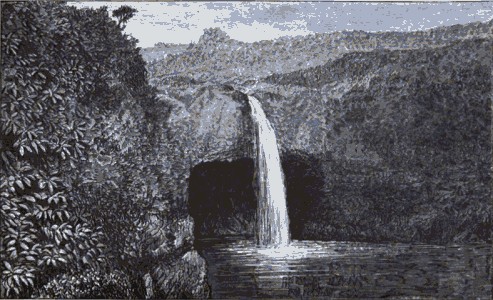
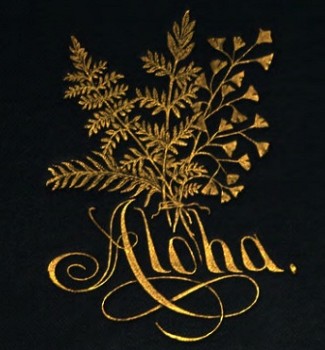 |
Alo'ha! A Hawaiian Salutation Roberts Brothers, Boston,1880. Left:
Cover, detail.
|
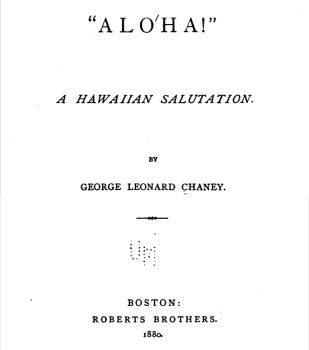 |
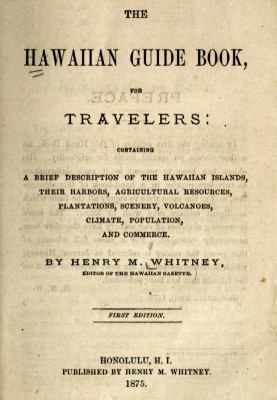 |
The Hawaiian Guide Book Honolulu, Henry M. Whitney, 1875. Earliest guide book
to Hawaii
Internet Archive
|
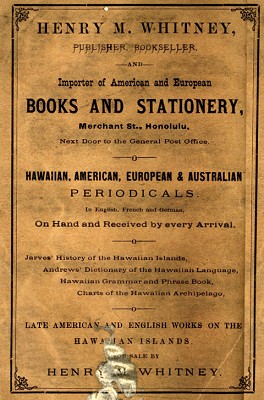 |

| home | catalogue | history | references | appendix |